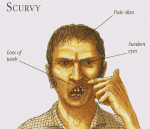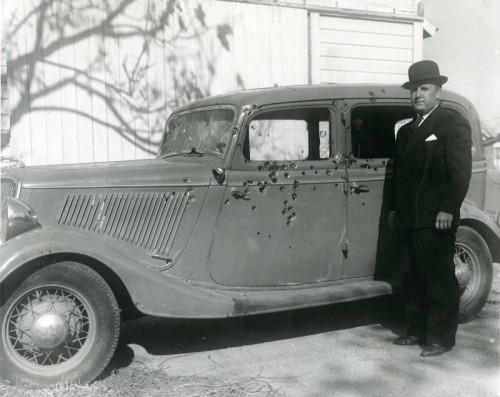Today's readers have been in:
Petaling Jaya, Malaysia
Kuala Lumpur, Malaysia
Kuantan, Malaysia
Doha, Qatar
Skudai, Malaysia
Islamabad, Pakistan
Tel Aviv, Israel
Klung, Malaysia
Dhaka, Bangladesh
Copenhagen, Denmark
Zurich, Switzerland
Amsterdam, Netherlands
Riga, Latvia
Warsaw, Poland
Dublin, Ireland
Istanbul, Turkey
Belgrade, Serbia
Vienna, Austria
Nyon, Switzerland
Dar es Salaam, Tanzania
Bern, Switzerland
Groningen, Ntherlands
Kota Kinabalu, Malaysia
Johannesburg, South Africa
Taipei, Taiwan
Seremban, Malaysia
San Juan, Puerto Rico
Cork, Ireland
Kuching, Malaysia
Tallinn, Estonia
Athens, Greece
Kuala Terengganu, Malaysia
Singapore, Singapore








 The
word scurvy may make you think of pirates and sailors on long sea
voyages, but “land scurvy” affected many European Crusaders who spent
months trudging through the Middle East. In 1747, Scottish physician
James Lind found that oranges and lemons could cure scurvy, but that
didn’t help all sailors.
The
word scurvy may make you think of pirates and sailors on long sea
voyages, but “land scurvy” affected many European Crusaders who spent
months trudging through the Middle East. In 1747, Scottish physician
James Lind found that oranges and lemons could cure scurvy, but that
didn’t help all sailors.
 There
were two guys on a motorcycle driving down the road. The driver was
wearing a leather jacket that didn't have a zipper or any buttons.
There
were two guys on a motorcycle driving down the road. The driver was
wearing a leather jacket that didn't have a zipper or any buttons.


